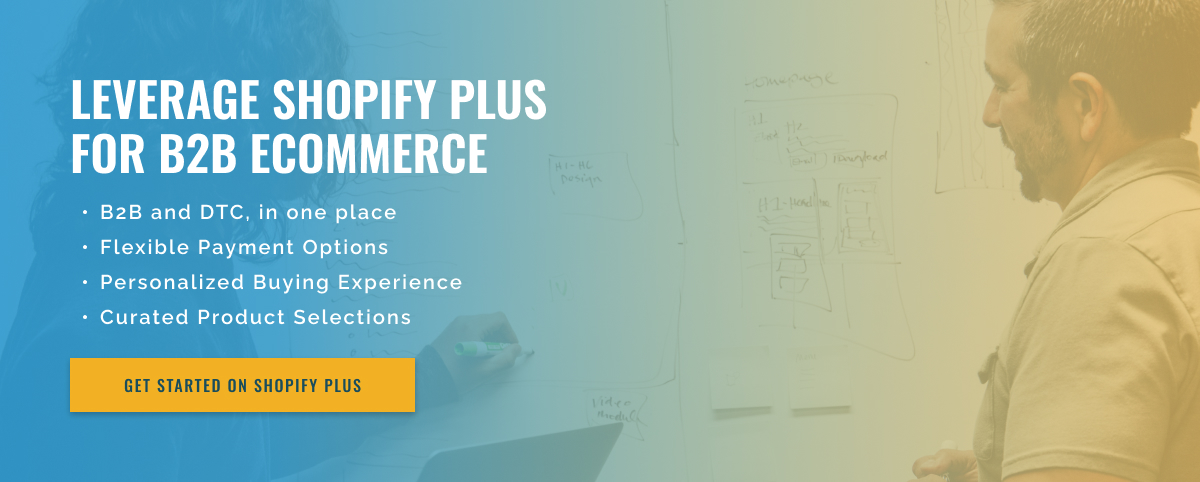3 minute read
Mastering B2B Ecommerce on Shopify: A Step-by-Step Guide
Are you a business owner looking to take your business to the next level? The world of eCommerce has boomed in recent years, and it’s time to capitalize on its potential. The rise of B2B eCommerce has allowed businesses to reach a wider audience and increase sales and revenue.
One such platform that has gained immense popularity due to its ease of use and extensive features is Shopify.
In this blog, we will walk you through the steps to create a successful B2B eCommerce website on Shopify.
Step 1: Choose the right plan and features
First and foremost, you need to determine the right Shopify plan and features that will suit your B2B business. Shopify offers several plans, including Basic, Shopify, and Advanced, which vary in features and prices. You can also customize your plan by adding apps and integrations, such as inventory and customer relationship management to make your eCommerce operations more efficient.
Step 2: Set up your store and domain
Once you’ve chosen a plan, it’s time to set up your store and domain. Choose a unique and memorable domain name that reflects your brand and appeals to your target audience. Setting up your store involves customizing your design, uploading your products, and creating categories and collections.
Step 3: Create a wholesale channel
Shopify offers a wholesale channel that lets you offer B2B customers discounted prices, minimum order quantities, and custom pricing. This channel is designed specifically for B2B sales and gives wholesale customers a seamless shopping experience.
Step 4: Use Shopify’s CRM tools
Shopify’s customer relationship management (CRM) tools are essential for B2B businesses. They allow you to track customer interactions, manage customer data, and analyze customer behavior. These tools allow you to personalize your marketing efforts and improve customer loyalty.
Step 5: Enable payment and shipping options
Shopify offers a range of payment and shipping options for B2B eCommerce. You can set up payment gateways like PayPal, Stripe, and Amazon Pay, and choose from a variety of shipping providers like FedEx and UPS to provide your customers with a seamless checkout process.
Step 6: Use analytics tools
Finally, use Shopify’s analytics tools like Google Analytics to track your site’s traffic, sales, and customer behavior. This data will help you make informed decisions about your business and improve the performance of your B2B eCommerce website.
Conclusion
Creating a B2B eCommerce website on Shopify requires careful planning and execution. By selecting the right plan, setting up a well-structured store, utilizing Shopify’s wholesale channel, leveraging CRM tools, enabling flexible payment and shipping options, and analyzing data for continuous improvement, you can create a seamless and efficient online presence for your B2B business.

